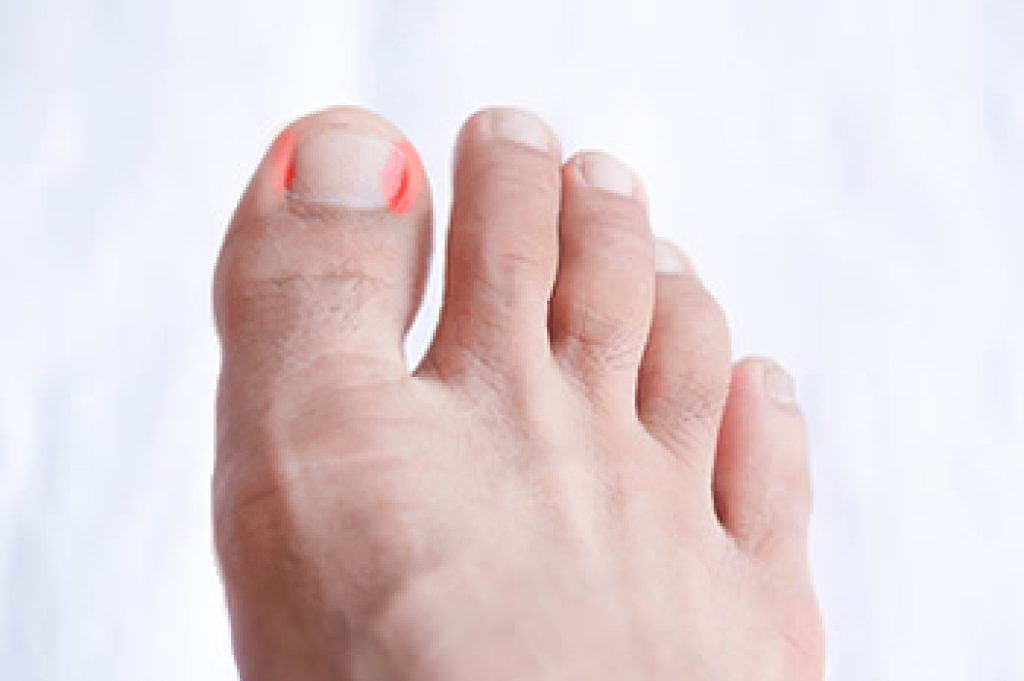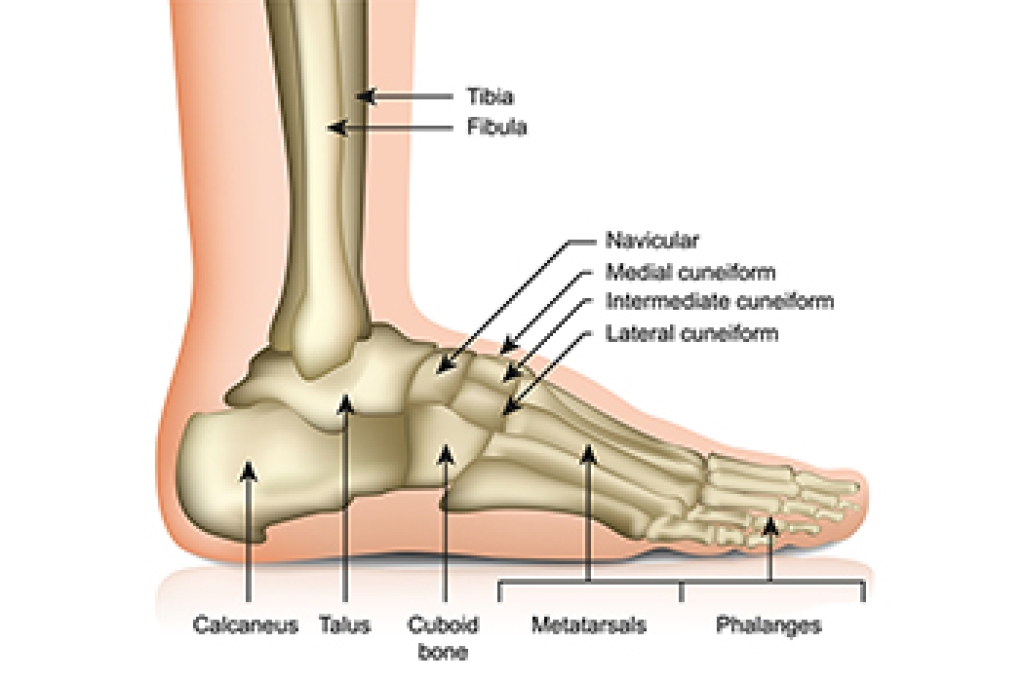
Understanding ingrown toenails is important because this common condition can cause significant discomfort when the edge of the nail grows into the surrounding skin. It affects people of all ages, but is more common in males due to nail shape, activity levels, and footwear choices. Early symptoms include redness, swelling, and tenderness along the nail border. Conservative care may help when the problem is mild, including warm foot soaks, careful nail lifting, proper trimming, protective dressings, and medication, if infection is present. When symptoms continue or return, non-conservative options provide more lasting relief. In office procedures can safely remove the offending nail edge and, when appropriate, prevent that part from growing back. These treatments are quick and allow patients to resume routine activities with little downtime. If you have a painful ingrown toenail, it is suggested that you see a podiatrist who can determine the best treatment to ease pain and prevent complications.
Ingrown toenails may initially present themselves as a minor discomfort, but they may progress into an infection in the skin without proper treatment. For more information about ingrown toenails, contact one of our podiatrists of Arcadia Foot and Ankle. Our doctors can provide the care you need to keep you pain-free and on your feet.
Ingrown Toenails
Ingrown toenails are caused when the corner or side of a toenail grows into the soft flesh surrounding it. They often result in redness, swelling, pain, and in some cases, infection. This condition typically affects the big toe and may recur if it is not treated properly.
Causes
- Improper toenail trimming
- Genetics
- Improper shoe fitting
- Injury from pedicures or nail picking
- Abnormal gait
- Poor hygiene
You are more likely to develop an ingrown toenail if you are obese, have diabetes, arthritis, or have any fungal infection in your nails. Additionally, people who have foot or toe deformities are at a higher risk of developing an ingrown toenail.
Symptoms
Some symptoms of ingrown toenails are redness, swelling, and pain. In rare cases, there may be a yellowish drainage coming from the nail.
Treatment
Ignoring an ingrown toenail can have serious complications. Infections of the nail border can progress to a deeper soft-tissue infection, which can then turn into a bone infection. You should always speak with your podiatrist if you suspect you have an ingrown toenail, especially if you have diabetes or poor circulation.
If you have any questions, please feel free to contact our offices located in Scottsdale, North Scottsdale, Mesa, and Sun City, AZ . We offer the newest diagnostic and treatment technologies for all your foot care needs.






